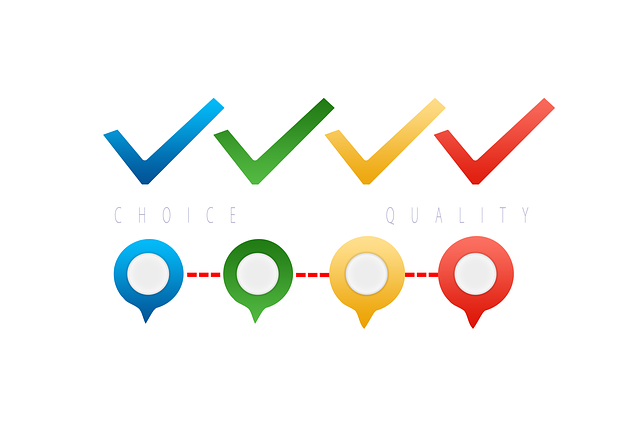Pigeon control on commercial buildings in Denver requires tailored exclusion barriers, combining mesh netting with reflective elements and strategic placement to deter roosting. Regular maintenance, cleaning, visual and auditory deterrents, and consulting local regulations are best practices for effective, humane pigeon management addressing unique Denver conditions.
In urban areas like Denver, managing wildlife, particularly pigeons on commercial properties, is a significant challenge. Pigeons can cause extensive damage to buildings and present health risks. This article offers an in-depth guide on effective bird control strategies, focusing on the design and implementation of exclusion barriers. We explore best practices for creating safe, pigeon-free environments, providing practical insights tailored to Denver’s commercial buildings. By understanding and employing these techniques, businesses can efficiently mitigate wildlife issues.
- Understanding Pigeon Control on Commercial Properties
- Designing Effective Exclusion Barriers for Birds
- Best Practices for Implementing Wildlife Control Measures
Understanding Pigeon Control on Commercial Properties

Pigeon control is a significant concern for commercial property managers and building owners in Denver, particularly when it comes to maintaining clean and safe spaces. These birds, while aesthetically pleasing, can cause substantial damage to structures over time with their droppings, which are acidic and can erode building materials. In addition, pigeons can harbor diseases that pose health risks to occupants and visitors.
Effective bird control for pigeons on commercial buildings involves strategic exclusion barrier setups. This method focuses on preventing pigeon access by creating physical barriers around the structure using mesh netting or other similar materials. These barriers must be tailored to each specific building, considering factors like roof design, ledges, and potential entry points. Regular maintenance and inspections are crucial to ensure these systems remain effective, as pigeons can adapt and find new ways in.
Designing Effective Exclusion Barriers for Birds

Effective bird control for pigeons on commercial buildings in Denver requires strategic thinking and tailored solutions, especially when it comes to exclusion barriers. These barriers are designed to prevent birds from landing, nesting, or accessing specific areas, offering a humane and non-lethal approach to managing avian populations. The key to success lies in understanding bird behavior and choosing the right materials and designs.
For instance, in urban settings, pigeons often prefer flat surfaces for roosting. Therefore, incorporating curved or angled barriers can deter them from landing. Additionally, using robust, mesh materials that are difficult to perch on, combined with visual deterrents like reflective tapes or decoys, can significantly reduce bird activity. Customized solutions, taking into account the architecture of the building and local bird species, ensure that the exclusion barriers are both effective and aesthetically pleasing.
Best Practices for Implementing Wildlife Control Measures

Implementing effective wildlife control measures, such as bird control for pigeons on commercial buildings in Denver, requires a strategic approach. Best practices involve identifying and addressing entry points by sealing gaps and cracks with appropriate materials like metal mesh or foam. Regular cleaning and maintenance of these areas is crucial to deter birds from returning.
Additionally, using visual and auditory dissuasion techniques, such as bird deterrent films, reflective objects, and ultrasonic devices, can be highly effective. It’s important to consult with professionals who understand the local wildlife regulations and have experience in Denver’s specific environmental conditions to ensure compliance and maximize control success.
In conclusion, implementing effective wildlife control strategies, particularly bird control for pigeons on commercial buildings in Denver, requires a thoughtful approach. By understanding the challenges, designing tailored exclusion barriers, and adhering to best practices, property managers can successfully mitigate pigeon infestations. These measures not only protect commercial assets but also contribute to maintaining a clean and safe urban environment.
